No Small Matter Covid-19 Pivot – Global Screening Event
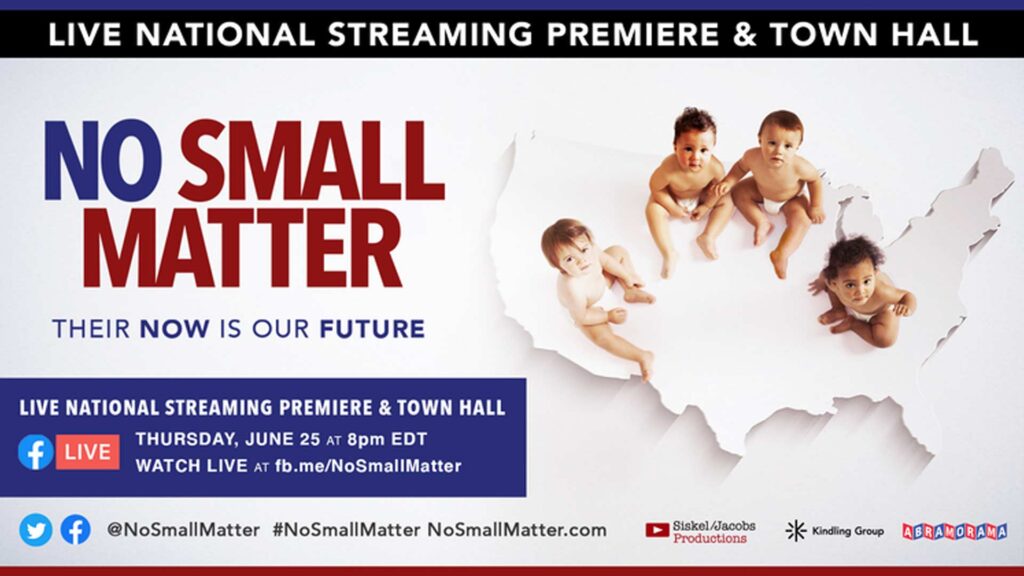
Since last fall I have been working with the team behind No Small Matter (directors Danny Alpert, Greg Jacobs, Jon Siskel, producer Rachel Pikelny and impact producer/co-producer Laura Fallsgraff) to create a national event to cap their incredible impact focused grassroots campaign that had already resulted in over 1200 community screenings. This massive campaign had […]
The Power of Social Advertising A Case Study on 3100:RUN AND BECOME

I recently sat down with documentary filmmaker, Sanjay Rawal (Food Chains, Challenging Impossibility), to discuss the release of his latest film 3100: RUN AND BECOME. The film is a documentary about endurance and determination which follows participants in the world’s longest certified running race – the Self-Transcendence 3100 Miler – as they attempt to shatter […]
The Gate – 2018 Case Study
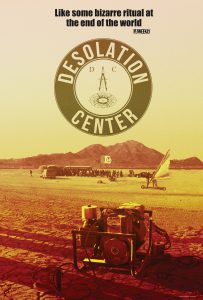
2018 – A Year in a Glimpse This last year has been busy, busy, busy! Hot off the presses – we are super excited that one of the projects we have been acting as consulting producer and distribution advisor on, Stuart Swezey’s film debut Desolation Center, just got selected for its US Premiere at […]
Documentary Magazine Article – Documentary Distribution in Turbulent Times
During IDA’s Getting Real 2016 conference in September, Susan Margolin and I hosted a two part panel on the state of documentary distribution. I conducted a series of case studies with Nanfu Wang, from the critically acclaimed Sundance film Hooligan Sparrow. Christo Brock and Grant Barbeito’s Touch the Wall, and finally Keith Ochwat and Christopher Rufo’s Age of Champions. […]
Distribution Case Study – “Finding Hillywood”
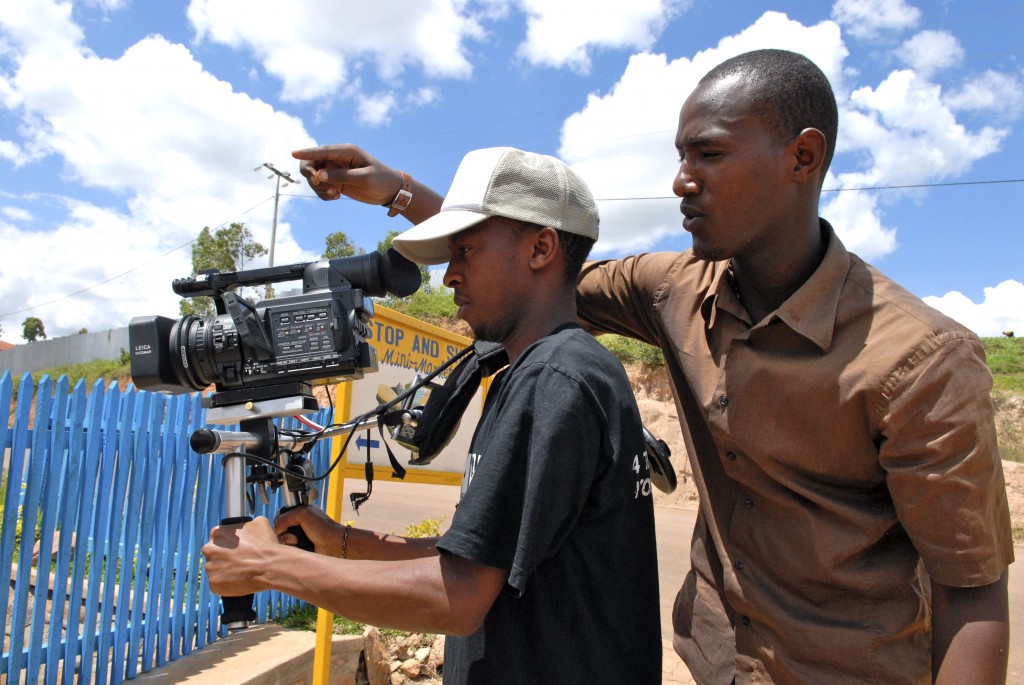
Written by Leah Warshawski (Producer/Director) / Introduction by Jon Reiss I recently wrote a two part article featuring four documentary filmmakers who pursued hybrid releases with their films and who were generous enough to share the real data from their films’ releases – Transparency: Four Filmmakers Give Up the Gold Pt1 and Pt 2. Upon reading […]
New Selling Your Film Book Released– and it’s FREE
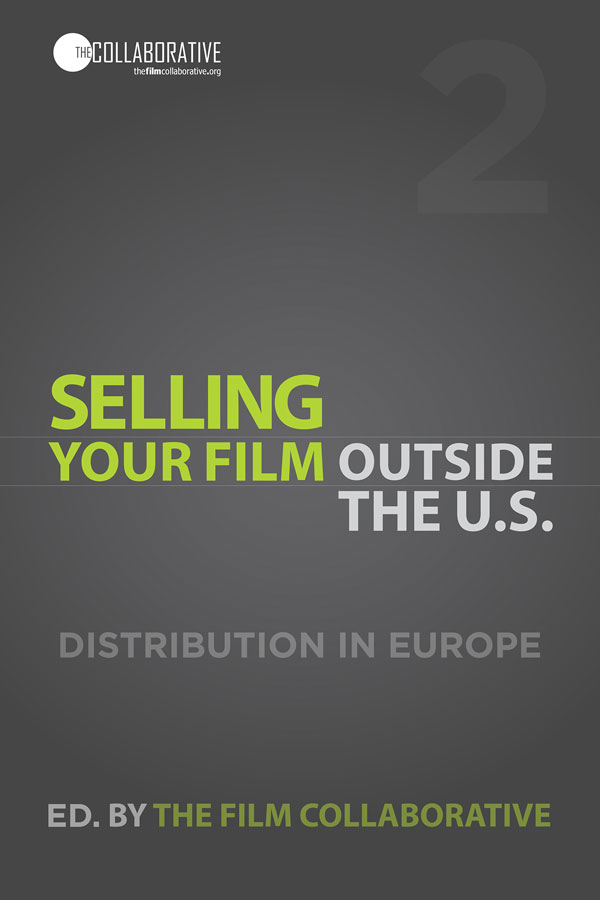
I’m really excited about this brand new book, Selling Your Film Outside the U.S. (click here to download the book for free) that I wrote with Sheri Candler, The Film Collaborative co-executive directors Orly Ravid and Jeffrey Winter and Wendy Bernfeld, managing director of the European content curation and licensing company Rights Stuff BV edited […]
How I Made a Feature Film Right Out of Film School (Guest Post)
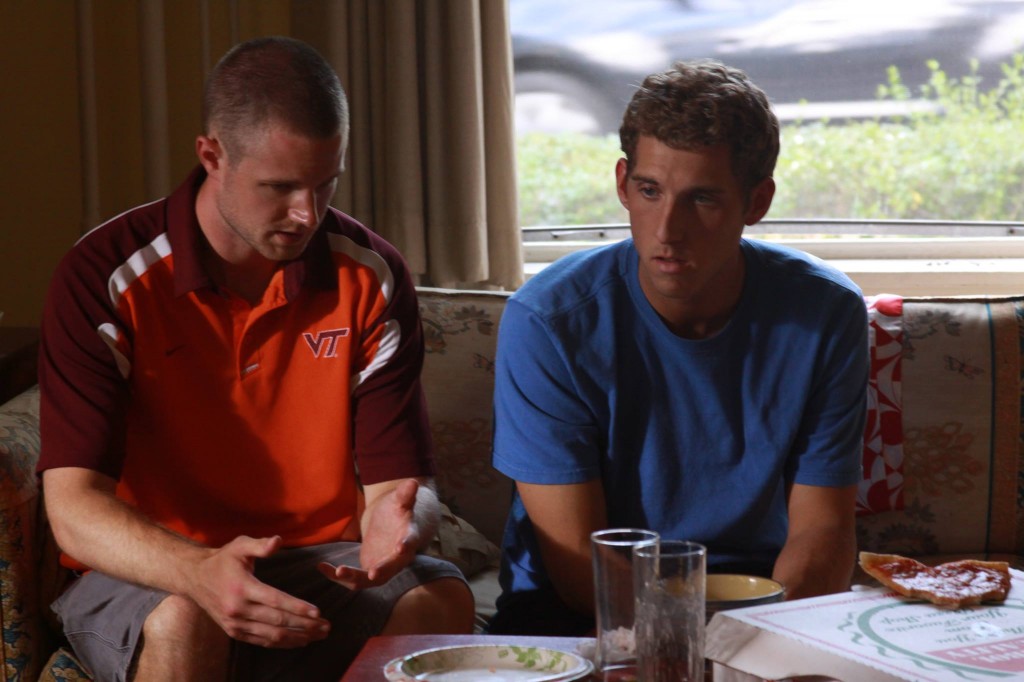
I’m Jaymes Camery and I just wrapped production on my first feature film, Guys and Girls Can’t Be Friends. I graduated from California Institute of the Arts with an MFA in Film Directing in May 2013. I grew up in Virginia and have always had a special affinity for stories that take place in the South. […]
Theatrical is Dead – Long Live Theatrical: Events, Experiences, Scarcity & The Age of Abundance
Part 3 of How to Make Money in the Age of Abundance By Jon Reiss Theatrical is Dead Long Live Theatrical. The holy grail of a theatrical release still rings as a delusion for many. Fighting words still for untold thousands of filmmakers. Who doesn’t want their name in lights – long lines around the […]
Ask Not What Your Audience Can Do For You – But What You Can Do For Your Audience
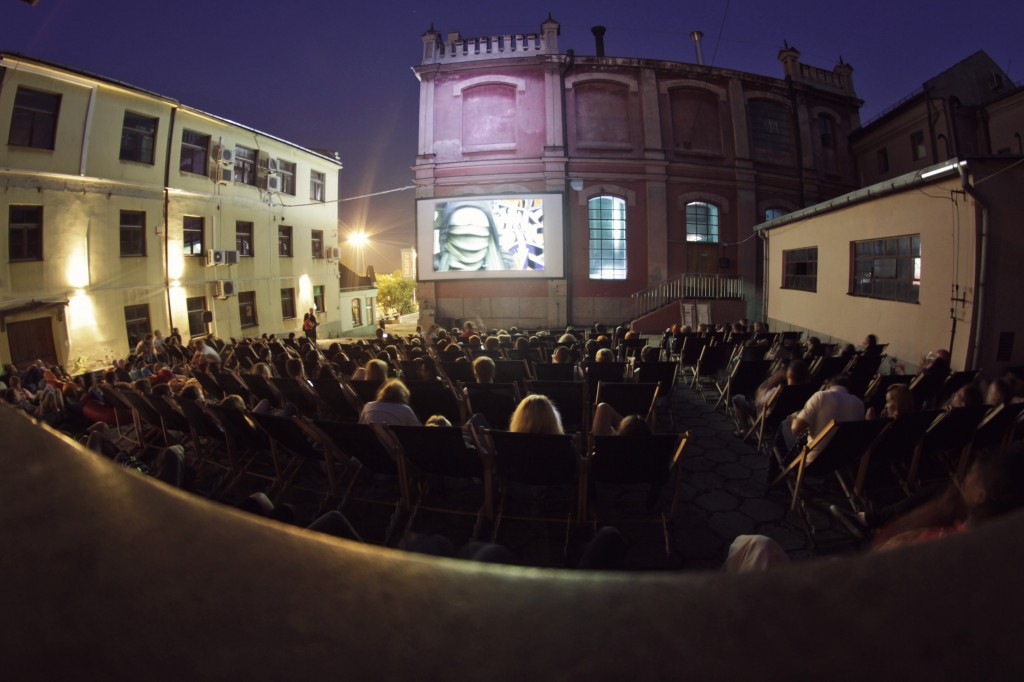
Part 2 of How to Make Money in the Age of Abundance When I wrote the first post in this series, I thought this would only be a two-parter, but I decided to expand this to a 4-part series because of a little voice in my head that said I needed to talk about audience engagement more. […]
SFM documentary funded by House Parties & Kickstarter
Today we are hosting a guest blog post written by the team behind the documentary STREET FIGHTING MAN. The documentary (twitter, FB) is due out in Spring 2013, and the production and post-production have been funded almost entirely through two Kickstarter campaigns, which raised over $30,000. Additionally, the Street Fighting Man team threw a series […]